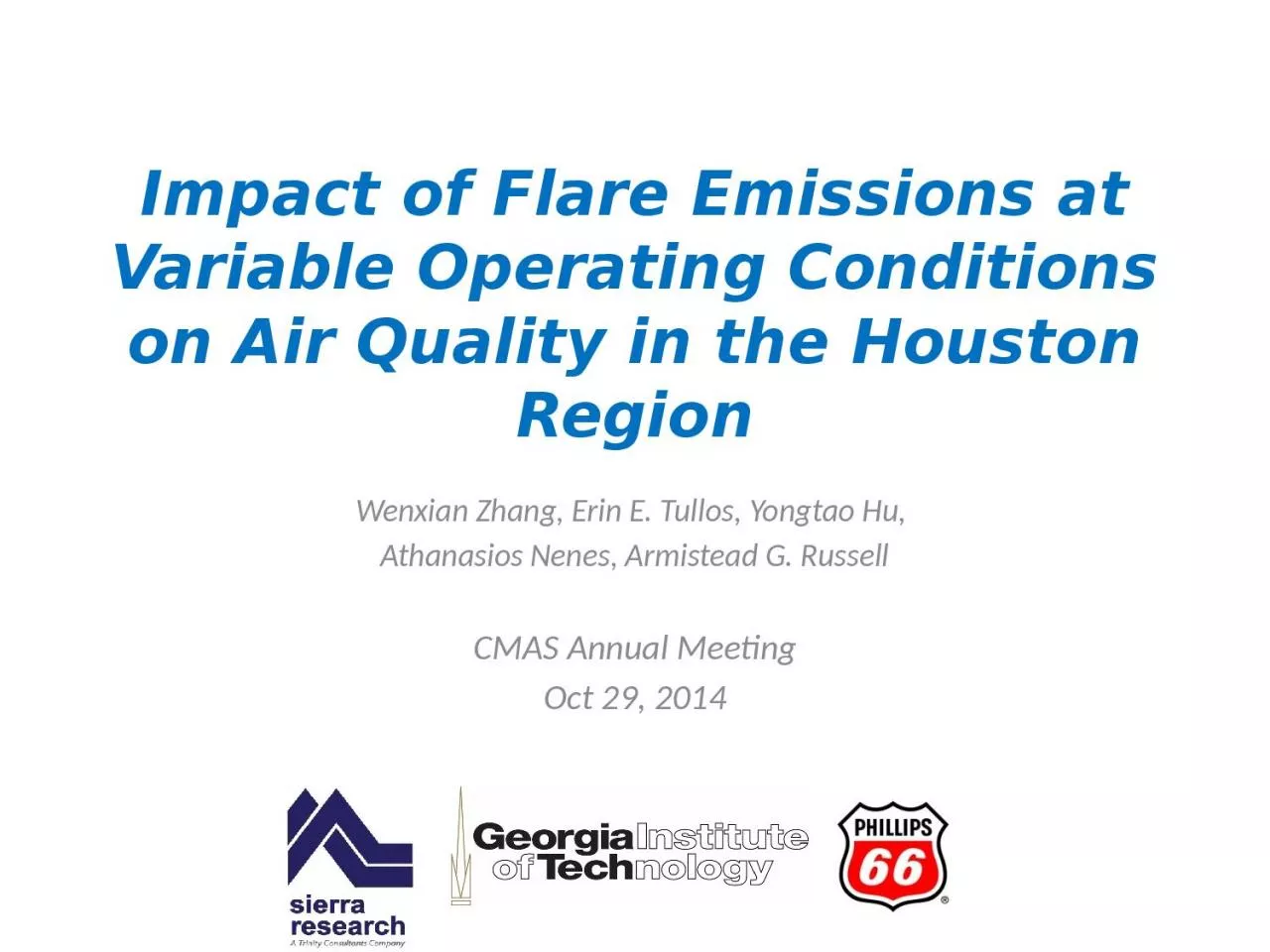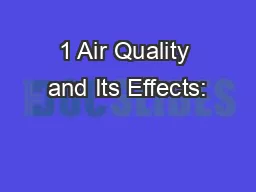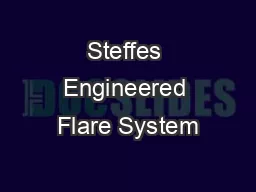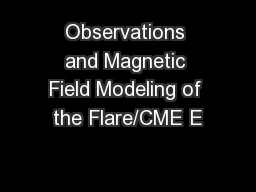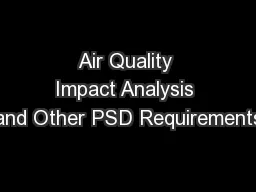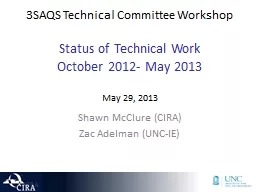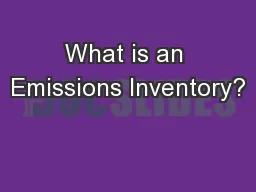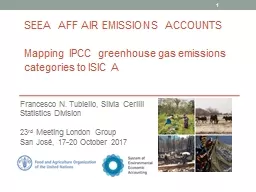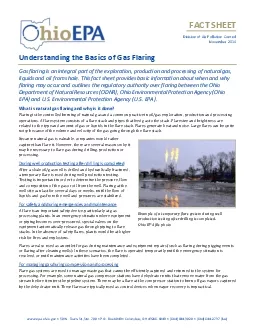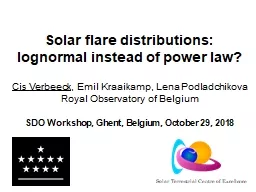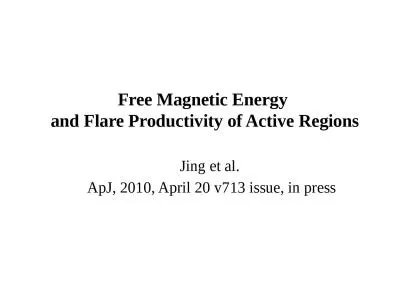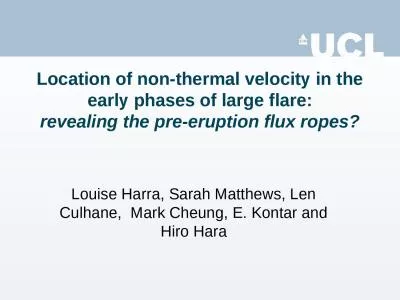PPT-Impact of Flare Emissions at Variable Operating Conditions on Air Quality
Author : SillyGoose | Published Date : 2022-08-03
in the Houston Region Wenxian Zhang Erin E Tullos Yongtao Hu Athanasios Nenes Armistead G Russell CMAS Annual Meeting Oct 29 2014 Acknowledgements Funding
Presentation Embed Code
Download Presentation
Download Presentation The PPT/PDF document "Impact of Flare Emissions at Variable Op..." is the property of its rightful owner. Permission is granted to download and print the materials on this website for personal, non-commercial use only, and to display it on your personal computer provided you do not modify the materials and that you retain all copyright notices contained in the materials. By downloading content from our website, you accept the terms of this agreement.
Impact of Flare Emissions at Variable Operating Conditions on Air Quality: Transcript
Download Rules Of Document
"Impact of Flare Emissions at Variable Operating Conditions on Air Quality"The content belongs to its owner. You may download and print it for personal use, without modification, and keep all copyright notices. By downloading, you agree to these terms.
Related Documents

